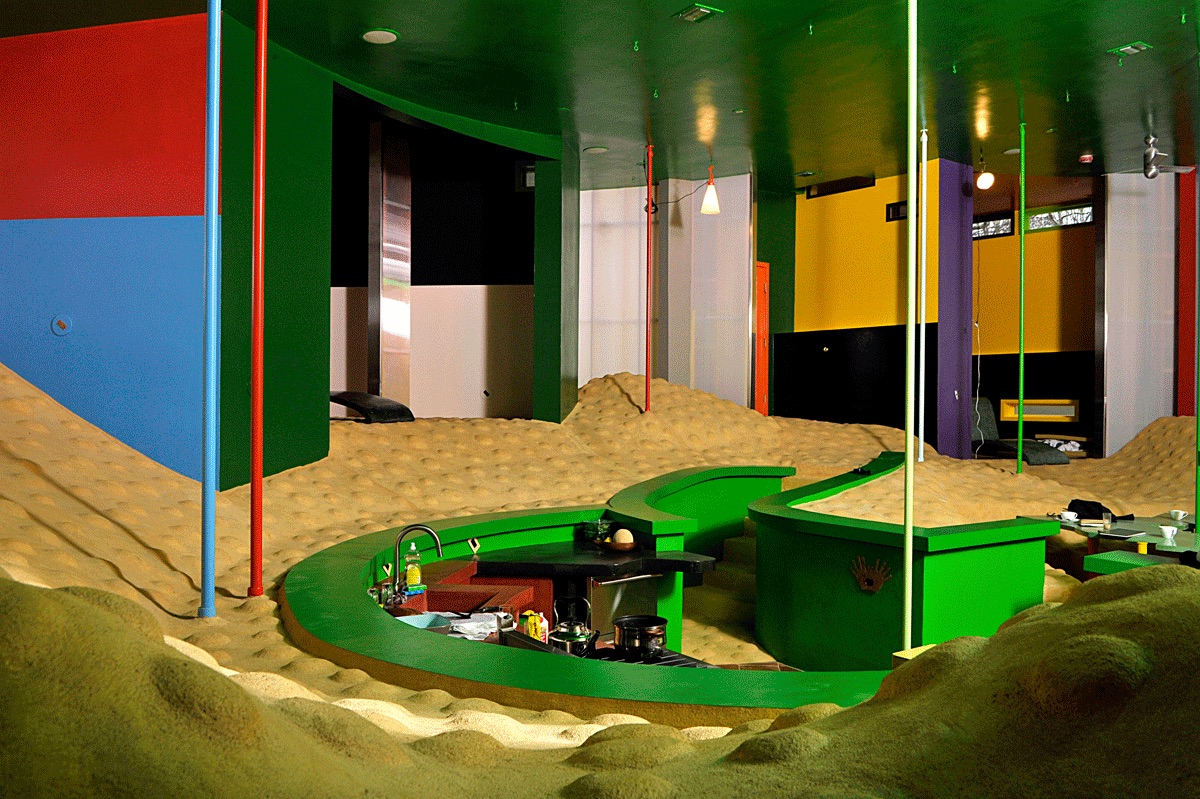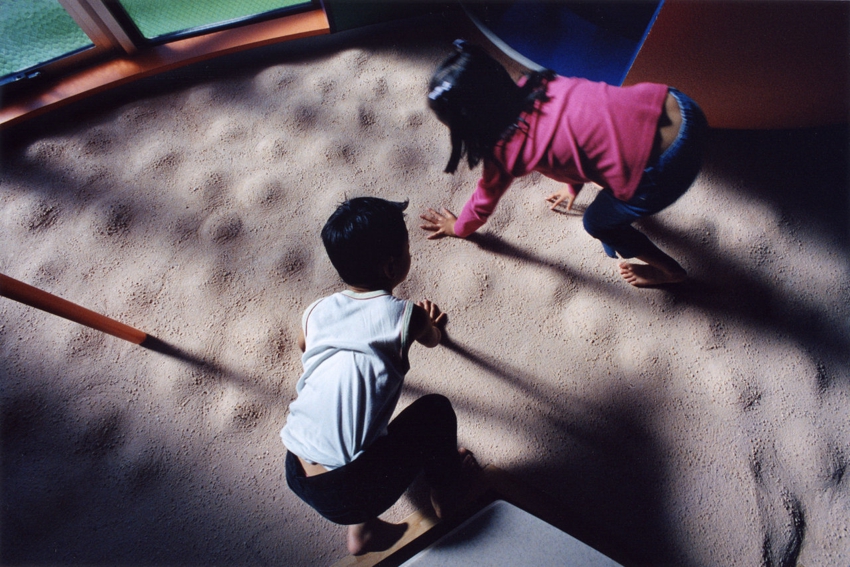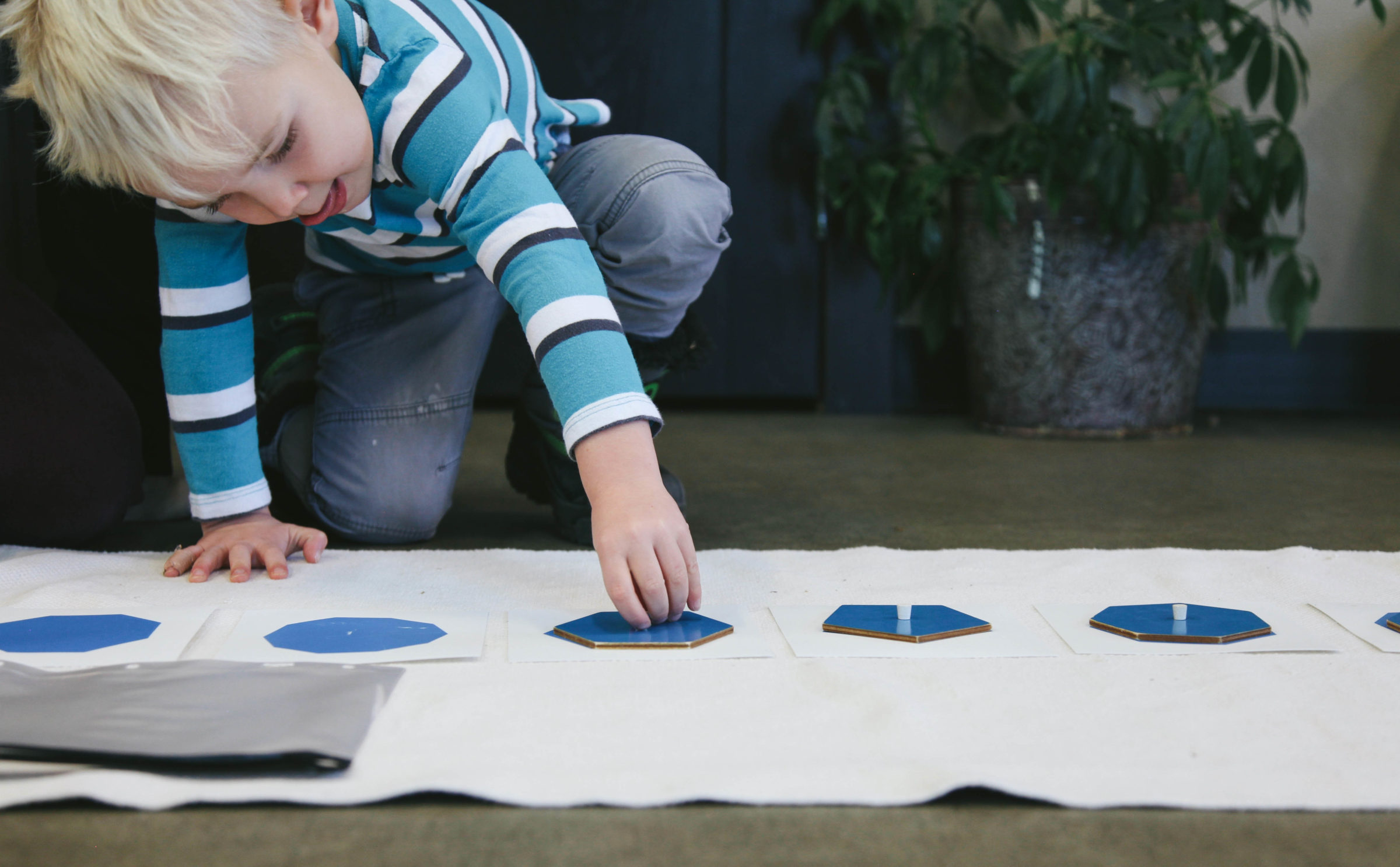The Architecture of Montessori
Podcasts
Nearly a decade ago now, when we started to think seriously about building a Montessori school, we decided to reach out to a handful of internationally renown architects. Why not?
We chose individuals or organizations that we felt could significantly contribute to a better understanding of Montessori learning environments.
Architects who seemed keenly interested in learning.
As we sent out this batch of optimistic notes, we thought to ourselves, no one is going to respond. We’re being absolutely ridiculous. Who, in their right mind, would respond to two graduate students looking to open a school.
Within minutes of dispatching these notes, our telephone rang:
“Hello, this is Madeline. Arakawa and I got your message. We’d love to collaborate. When can we get started?”
From that moment on a strong and unlikely friendship took old, one that would last until their untimely deaths.
We’d visit their offices in New York, tour their new building on Long Island, and even participate in the second conference on the work of Arakawa and Gins at the Slought Foundation and help organize the third conference online.

We’d also learn that Madeline Gins herself considered becoming a Montessori teacher, opting instead to pursue architecture and art and poetry, but always keeping learning, and what it means to “teach”, so close at hand.
We’d also come to discover just how important Helen Keller was to her philosophy of life.
During those initial months, we would exchange a flurry of notes, going back-and-forth about Maria Montessori, how her texts and insights might intersect and overlap with their own original thinking, called reversible destiny. Ultimately, we also discussed what these realizations might mean for the construction of Baan Dek.
“ She would demand of us more than we have ever demanded of ourselves. ”
For an extended period of time, over a year or so as we started to design a framework by which to navigate, we’d find ourselves on the phone with Madeline at least once a week. We’d ask big questions. She would demand of us more than we have ever demanded of ourselves. It was one of the most productive periods of growth in our history.
We felt the way Montessori students must feel as they exploring new environments.
Over the weekend, as we were cleaning out old digital files, we came across an early podcast that we conducted with Arakawa and Gins.
It’s not for everyone. It’s awkward. It’s naive. It’s terribly innocent and yet, somehow so well-intentioned.
Looking back we don’t even recognize ourselves, but we do recognize the nature of the work we were trying to accomplish with these wonderful human beings.
Most of all, we recognize their compassion and generosity.
Arakawa and Gins were two of the most kind and porous thinkers we’ve ever had the good fortune of working with. The lessons that we learned from them directly informed how we came to think about Montessori learning environments – and, so much more.
Wired put together an excellent video introduction to their work:
And, you might also enjoy this New York times article:
We hope you enjoy, and if you do take the time to listen to the podcast, we’d love to hear what you think, and how you’ve come to think about the role architecture might play in Montessori.
Send us a note: hello@baandek.org
Oh, and here’s the question that we posed to Madeline Gins in advance of our conversation, the one that she references in the podcast:
Question: Maria Montessori proposes, in The Secret of Childhood, that the ‘creative urge of life’ is, essentially, love. She has a peculiar phrase for this particular articulation: she names it an “intelligence of love”.
Later, in The Absorbent Mind, Montessori posits that, “The child is a well-spring of love. Whenever we touch the child, we touch love. It is a difficult love to define; we all feel it, but no one can describe its roots or evaluate the immense consequences which flow from it, or gather up its potency…”
For us, it must be said, there is a logic of life that exists beyond the logic of yes and no and that is the logic of love. We see, in your work, this logic continually being put to work. For instance: your adamant love for life, at all costs.
How would you make our classrooms, classrooms of love blossoming? If nothing else, this work must be precise and rigorously determined, but how do you construct a rigorous love? How intelligent, or sentient must it be? Can the architectural surround touch the love of the children?
Written by:
Bobby George







